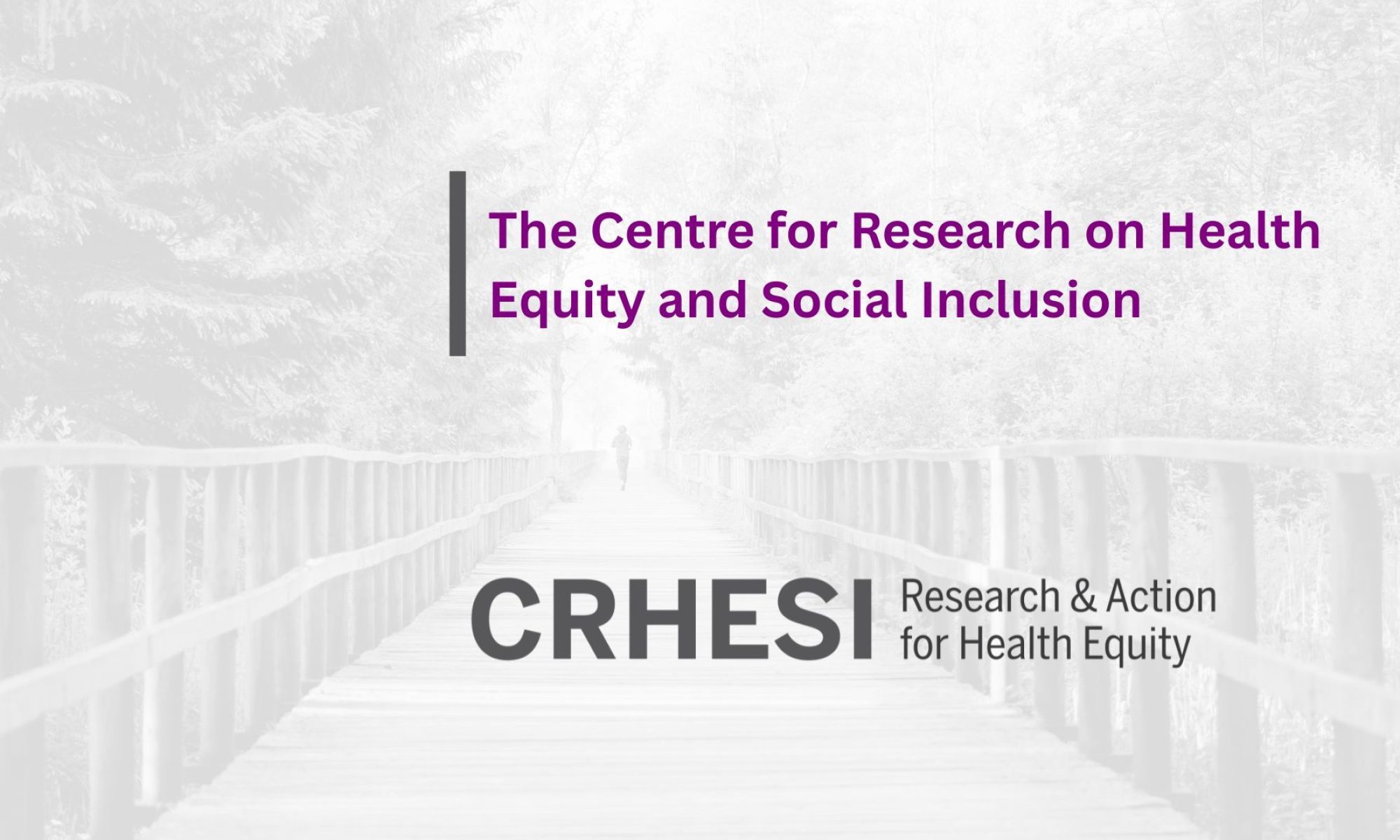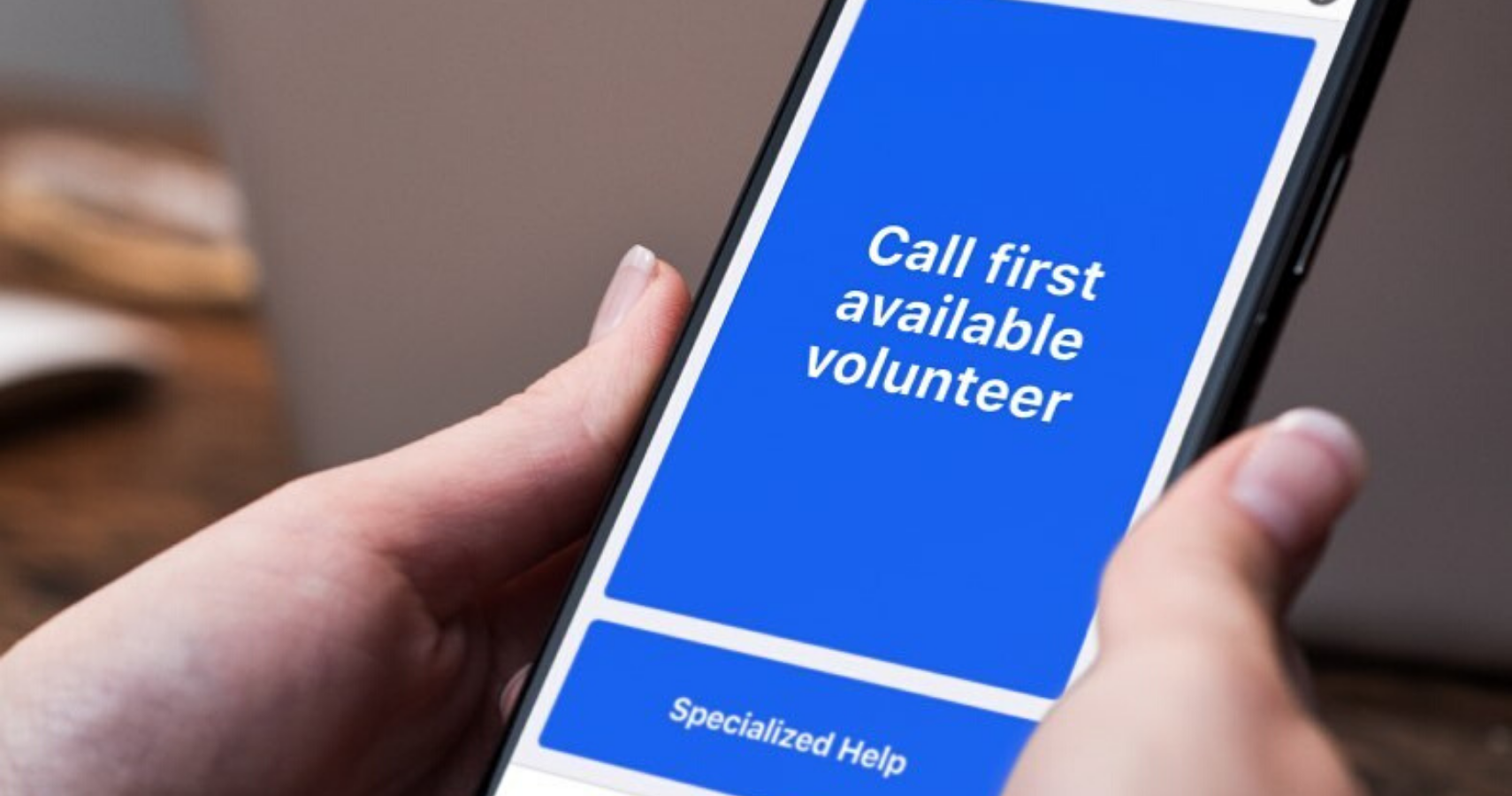Introduction
By Colleen McGrath, PhD, OT Reg. (Ont.), Assistant Professor, School of Occupational Therapy, Western University
Canadians living with disabilities are disproportionately disadvantaged with respect to social, education, employment, and economic opportunities and unfortunately the pandemic has only served to exacerbate those barriers. In particular, Canadians who are blind or partially sighted are being heavily impacted by COVID-19 and will continue to face such challenges in the weeks and months ahead.
Navigating the physical environment is a common challenge faced by the blind and partially sighted community at the best of times, and during a pandemic that necessitates social distancing, those challenges are amplified. For many Canadians who are blind or partially sighted, touch provides an essential way to navigate their environment. For example, while grocery shopping a person with vision loss may touch multiple items in a store to determine price, often with the help of magnifiers or smartphone ‘apps’ that read printed text or scan barcodes to identify products. This requires not only touch but also increased amounts of time spent in the grocery store, thereby increasing risk of exposure to COVID-19. Another key concern among the blind or partially sighted community is that they may be missing key signage pertaining to store requirements and how to navigate in this new era of COVID-19. Not being able to see the signs and directional arrows now being placed in stores represents a key challenge.These challenges within the physical environment are often further reinforced by misunderstandings among the public. For example, social distancing is not always possible such as when a person who is blind or partially sighted is out with their sighted guide, often someone who they are not related to, during the pandemic. Further, a person who is blind or partially sighted may not be able to fully commit to distancing requirements if their central or peripheral vision is impacted such that they are not able to appropriately estimate 6 feet of physical distance. Instead of responding in anger or aggression, which has too often been the experiences conveyed by persons with vision loss, the onus must be on sighted persons to observe the physical distancing requirements.
COVID-19 is also having an unfair financial impact on the blind or partially sighted community. For example, many employees with vision loss are worried about what their jobs may look like once the pandemic is over, or if their job will even exist. Many employees who are blind or partially sighted do not have the assistive technologies necessary to work successfully from home and many employers are refusing to provide the technologies or reimburse for their purchase. A lack of accessible, affordable, and safe public transit provides further challenges for the blind or partially sighted community to navigate their cities. Although a one-time-tax payment of $600 for persons with disabilities who are certificate holders of the Disability Tax Credit (DTC) has been proposed by the government, the legislation has currently been held up in the House of Commons. Without such government funding, the financial implications of COVID-19 will continue to be stacked against persons who are blind or partially sighted.
Lastly, from a communication standpoint we cannot overlook the mediums through which important COVID-19 information is generally conveyed. Too often it is through images or maps without accompanying text or auditory descriptions. Further, a reliance on print signage in stores and inaccessible websites, where many of us are now turning to order groceries or to fill out government benefit forms, further serve to disadvantage the vision loss community. With decreasing access to sighted assistants in the home and community, many persons who are blind or partially sighted are turning to ‘apps’ such as AIRA or Be My Eyes, where you connect remotely with a trained sighted person to assist with daily tasks via your Smartphone. While helpful, such ‘apps’ are costly and/or require access to a Smartphone, which many persons with vision loss, particularly older adults, may not own.
The intention of this written piece is to highlight some of the challenges faced by persons who are blind or partially sighted and, in particular, create a space for the voices of those impacted first-hand to be heard. We conclude by providing specific recommendations tailored towards reform at the level of policy, funding, and the environment including physical modifications and attention to social attitudes.
The Challenges Faced by Persons Experiencing Vision Loss
By Elizabeth Mohler, PhD Student, Health and Rehabilitation Science (Occupational Science), Western University
Born with congenital glaucoma, I live with significant vision loss. Able to discern light from dark, I employ my other senses to navigate my world—in particular, my senses of touch and hearing. In order to adhere to the protocols, set out by public health, we have been advised to maintain social distance, avoid touching surfaces, wear a mask, and only leave home for essential trips. Navigating the concurrent public health guidelines and social distancing restrictions is hither to uncharted territory for all of us; however, challenges with social distancing are further exacerbated when you live with vision loss.
For me, being safely able to social distance is almost impossible without the aid of visual assistance. I use a white cane to navigate my environment, and from everything I’ve read, visual markers are displayed in public spaces to ensure individuals keep the 6 feet distance. I cannot independently verify these markers, nor can I safely bring someone not in my household with me if I need to leave home. There are services such as Be My Eyes and AIRA which provide visual assistance to individuals with vision loss via an application on one’s smart phone. I am fortunate enough to be able to afford these services to help me navigate my environment; however, not all individuals own a smart phone or are versant enough with its features to utilise such a service. Tactile markers denoting distance would help me ensure I am maintaining social distance and would enable me to feel safe when in public.
For someone like myself, the recommendation to wear a mask comes with accompanying challenges. For one thing, as mentioned above, I have a small per cent of residual vision, and wear glasses to provide some bit of enhancement. Most masks obstruct my glasses and that small bit of vision on which I am relying. As well, I rely on my hearing to safely navigate my environment—everything from maintaining my line of travel to safely and accurately performing a street crossing involve my sense of hearing. Masks can obstruct sounds in my environment and make it difficult to discern traffic patterns and other environmental cues. Whilst I understand the rationale for wearing a mask in public, I also think we need to understand this is a complex issue that impacts us all differently.
During this pandemic, health information comes at us in a myriad of formats, and many of those forms aren’t accessible to persons living with vision loss. Briefings that have text-based captions and information running across the screen are all-too-often not audio described, leaving me with only a portion of the information. The number of COVID-19 cases is presented daily in a visual graph and depicts how we’re doing in flattening the curve—this information, presented visually, is not accessible to someone like me. Government benefits abound for working, able-bodied individuals; however, someone like myself who relies on the Ontario Disability Support Program (ODSP) for income support is not eligible for the Canada Emergency Response Benefit nor the Canada Student Benefit. It should be noted that the Canada Emergency Response Benefit is slated at $2000 a month, whereas the ODSP monthly earning is $1165, thereby re-enforcing policies that favour normative, able-bodied lives.
Conclusion
By Colleen McGrath, PhD, OT Reg. (Ont.)
There are a number of recommendations that pertain to policy, funding, and the built environment that resonates in Elizabeth’s story, among the many other Canadians who are blind or partially sighted. It is imperative that we involve persons with vision loss in the planning of accessibility guidelines, funding programs, and the design of physical environments to ensure the accommodations meet their needs. Some ideas to consider as we move forward include:
- Recommend providing government financial assistance, in the form of a subsidy, to acquire accessible technologies needed for employees and students that are blind or partially sighted to work from home as well as funding ‘apps’ such as AIRA or Be My Eyes so that people can engage in their required daily tasks as independently as possible.
- Recommend an awareness campaign to inform the public about the social distancing challenges experienced by blind or partially sighted persons and the strategies the sighted community should take to maximize helpful interactions with this population.
- Update barrier free design guidelines to accommodate for blind or partially sighted people in the era of COVID-19. This may include: a) ensuring text or auditory descriptions are provided alongside all written signage or when maps/images are used to convey information; b) provide tactile markers within stores to indicate direction and; c) ensure accessibility guidelines of websites providing essential goods/services, such as grocery stores, pharmacies, and government forms follow WCAG 2.0.
- Consider writing to your local MP about the importance of Bill C-17 which would provide one-time funding for persons with disabilities, including those with vision loss.
If you are interested in contributing to Voices from the Margins of a Crisis, please email Tanya Benjamin at tbenjam4@uwo.ca and Eaman Fahmy efahmy@pillarnonprofit.ca


